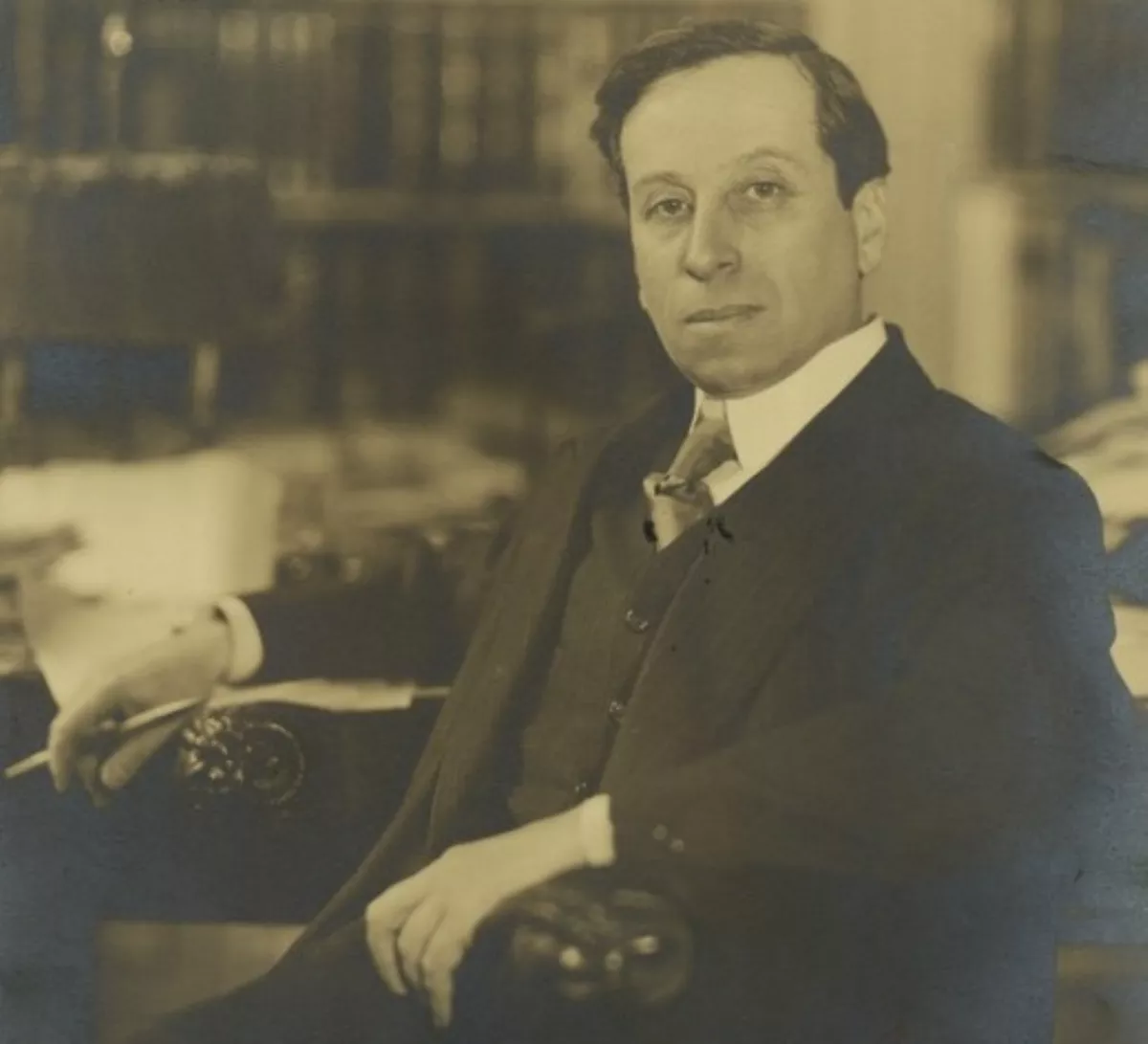 1.
1. Robert Eisler was an Austrian Jewish polymath who wrote about the topics of mythology, comparative religion, the Gospels, monetary policy, art history, history of science, psychoanalysis, politics, astrology, history of currency, and value theory.